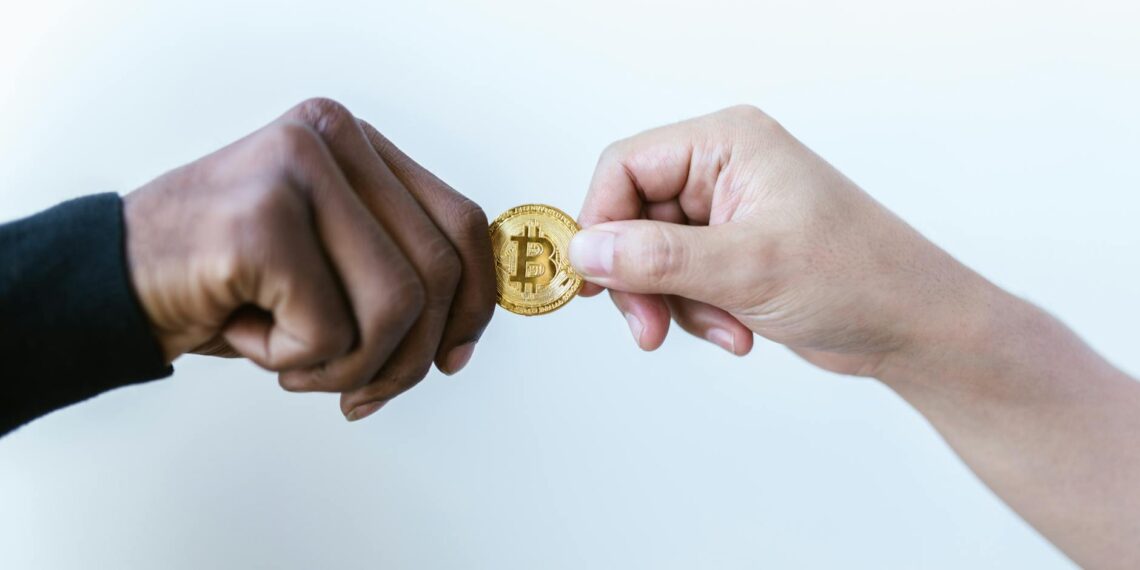Here’s the value of common US coins:
- Penny: 1 cent
- Nickel: 5 cents
- Dime: 10 cents
- Quarter: 25 cents
- Half Dollar: 50 cents
- Dollar Coin: $1
The value of collectible coins goes beyond their face value and depends on several key factors:
- Rarity: Coins with low mintage numbers or unique errors are typically more desirable and valuable.
- Condition: The grade or condition of a coin significantly impacts its value, with higher-graded coins being more valuable. Professional grading services like [PCGS] and NGC provide standardized assessments of a coin’s condition.
- Demand: Market interest and collector trends influence how much buyers are willing to pay for a particular coin.
- Historical Significance: Coins tied to significant events or eras can attract premium prices.
- Bullion Content: Coins made from precious metals like gold, silver, or platinum have intrinsic value based on the current market price of those metals.
If you have a specific coin and want to know its value, consider these options:
- Research: Use online resources like price guides ([PCGS Price Guide] ) or recently sold listings on sites like eBay to get an idea of the coin’s potential worth.
- Professional Appraisal: Contact a local coin dealer or appraiser for an expert evaluation of your coin or collection.









How do I figure out what my coins are worth?
Thanks for asking. Hire a professional appraiser to grade your coins and tell you how much it is worth. The American Society of Appraisers and International Society of Appraisers have searchable directories of professional appraisers. A dealer might also be able to help.
Which $1 coin is worth a lot of money?
Morgan Silver Dollars, minted between 1878 and 1921, are some of the most sought-after dollar coins. With their captivating design featuring Lady Liberty on the obverse and a heraldic eagle on the reverse, they are not just coins but artifacts of American history. The 1893-S Morgan Dollar is particularly prized.